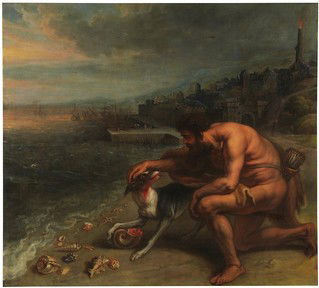
Born To The Purple 2 Trivia Quiz
Originally children of reigning monarchs were said to have been born into the purple, a reference to a color that was so valuable only the very wealthy could afford to wear it. The Greeks devised a myth to explain how this color came into existence.
by ponycargirl.
Estimated time: 3 mins.